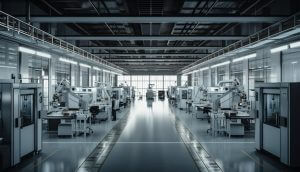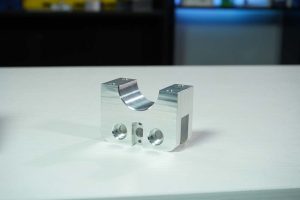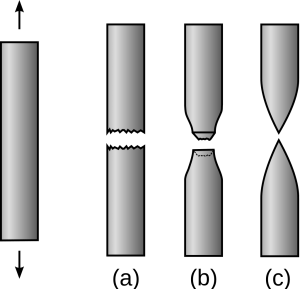
As we delve into the world of CNC machining, it’s important to understand the unique processes that shape this fascinating field. Today, we’ll be discussing distinctive welding techniques – TIG (Tungsten Inert Gas) Welder vs MIG (Metal Inert Gas). We’ll also define design efficient strategies like ‘chamfer’ and ‘fillet’, and explain their indispensable role in sheet metal fabrication.
Distinguishing TIG from MIG Welders
Both TIG and MIG welders play a pivotal role in constructing robust machinery parts during CNC machining, but they each come with individual merits and demerits.
TIG welding provides precision where necessary. It gives you control over heat input by using foot pedals or fingertip remotes, ensuring intense attention to detail on joints and delicate pieces. Additionally, TIG welding is versatile – able to deal with different types of metals including stainless steel, aluminum, copper, nickel alloys etc., making it an ideal choice for smaller, intricate projects requiring finer finishes.
Conversely, MIG welding shines in its efficiency. It works faster than TIG welding because it continuously feeds wire into the molten pool. On top of that, it is easier to learn and implement. However, MIG welding might not offer the refined finish of a TIG weld due to spatter production, hence isn’t suggested for visible seams or high aesthetic demand projects. Summing it up, for larger-scale jobs demanding speed over finesse, MIG welding offers substantial benefits.
Chamfer vs Fillet: Enhancing Design Efficiency
The terms ‘chamfer’ and ‘fillet’ may sound alien to those unfamiliar with CAD (computer-aided design), but these methods dramatically empower CNC machinists in shaping complex geometrical structures.
A chamfer is a transitional edge between two faces of an object, often created at a 45-degree angle. It enhances the aesthetic look of the final machined piece and aids in reducing sharp edges which could cause injury during handling.
Contrarily, a fillet is a rounding-off of an interior or exterior corner of a part design. Fillets increase the strength of parts by preventing stress concentration – they distribute stress over a broader area instead of allowing it to focus on one point. They are prevalent in automotive and aerospace industries where fatigue resistance is vital.
The Role of Sheet Metal Fabrication
Sheet metal fabrication involves the creation of structures from varying thicknesses of sheet metal. This process includes cutting, bending, and assembling processes used by CNC machines to manipulate sheet metals into desired shapes and sizes.
TIG and MIG welding techniques come prominently into play during this task, combining pieces fabricated into specific designs. Chamfers and fillets too contribute enormously, ensuring optimal aesthetics and durability of final products.
To get things right in sheet metal fabrication, intricate planning should involve calculating accurate bend allowance for different materials, honing your shearing technique to reduce waste, and correctly choosing between TIG and MIG welders based on requirements of speed, finish and material type.
The efficient correlation of these aspects lies at the heart of an effective and profitable CNC machining operation. By understanding differences among TIG/MIG welders, deciphering when to use a chamfer vs. a fillet, and mastering the art of sheet metal fabrication, you can significantly enhance productivity and results in your CNC machining processes.



